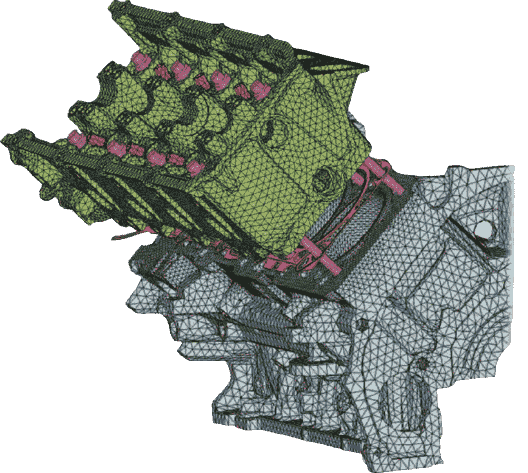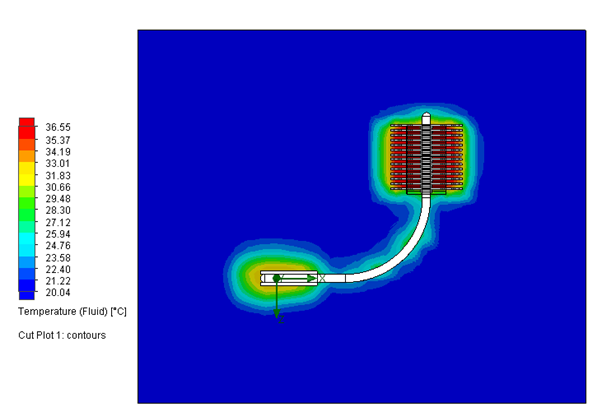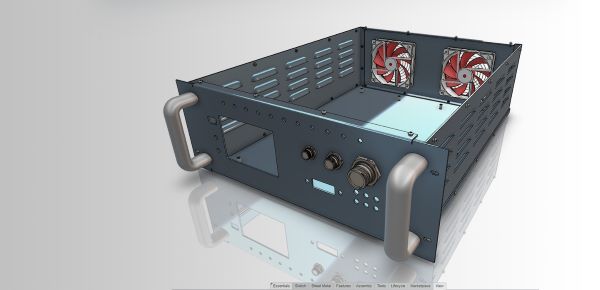
Applying Material Properties to Assembly Components in SOLIDWORKS
Manually altering the material for each individual part or component
In the race to deliver innovative new products to market, manufacturers face many challenges including globalization, shrinking budgets, and shorter development cycles. To gain a competitive advantage in the marketplace, manufacturers have started to leverage the robust capabilities of realistic simulation to lessen dependency on physical testing, increase product reliability, and reduce time to market.
The SIMULIA Abaqus Unified FEA product suite offers a complete solution for realistic structural simulation covering both routine and advanced workflows across the range of industrial applications. Best-in-class companies are taking advantage of Abaqus Unified FEA to consolidate their tools, reduce costs, increase efficiency, and gain a competitive advantage.
We are a trusted reseller of SIMULIA Abaqus in India, a proud Dassault Systèmes Partner. We offer the complete suite of Abaqus software solutions. Our expertise ensures you get the right Abaqus software for your needs.
Contact today for best ABAQUS Software Price INDIA!





Yes, we are authorized partner with Dassault Systemes for Sale, service and training of SIMULIA Abaqus in India. Concepita Konnect is also one of the largest reseller of SOLIDWORKS suite of products in India.
Abaqus licensing options depends on different usage requirements. Commercial license types are Node locked, Floating, Term and Perpetual licenses. Furthermore, SAAS cloud connected solutions are also available depends on the type of analysis. Connect with us to know more.
Connector for SOLIDWORKS CAD and CATIA is available to directly transfer CAD geometry from CAD interface to Abaqus. However, neutral file formats can also be imported directly to Abaqus without any CAD connectors.
Our certified support specialist at Conceptia Konnect provide online and offline support to troubleshoot issues related to SIMULIA Abaqus. Instructor led offline/online training is offered to customers.

Manually altering the material for each individual part or component

A Heat Pipe is a highly efficient thermal management device

SOLIDWORKS users may experience frustration upon encountering the error message

SOLIDWORKS 2025 introduces some exciting new tools for working with
| Cookie | Duration | Description |
|---|---|---|
| cookielawinfo-checkbox-analytics | 11 months | This cookie is set by GDPR Cookie Consent plugin. The cookie is used to store the user consent for the cookies in the category "Analytics". |
| cookielawinfo-checkbox-functional | 11 months | The cookie is set by GDPR cookie consent to record the user consent for the cookies in the category "Functional". |
| cookielawinfo-checkbox-necessary | 11 months | This cookie is set by GDPR Cookie Consent plugin. The cookies is used to store the user consent for the cookies in the category "Necessary". |
| cookielawinfo-checkbox-others | 11 months | This cookie is set by GDPR Cookie Consent plugin. The cookie is used to store the user consent for the cookies in the category "Other. |
| cookielawinfo-checkbox-performance | 11 months | This cookie is set by GDPR Cookie Consent plugin. The cookie is used to store the user consent for the cookies in the category "Performance". |
| viewed_cookie_policy | 11 months | The cookie is set by the GDPR Cookie Consent plugin and is used to store whether or not user has consented to the use of cookies. It does not store any personal data. |

+91 9590506408